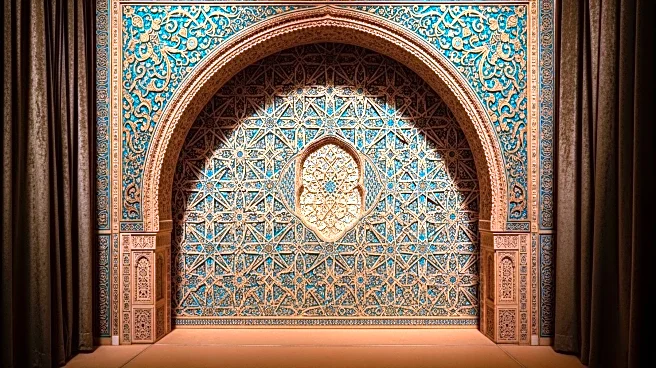The Acropolis of Athens has a rich history marked by significant milestones that reflect the cultural and architectural achievements of ancient Greece. From its early beginnings as a religious center to its present status as a UNESCO World Heritage Site, the Acropolis has undergone numerous transformations. These milestones offer insights into the development of ancient Greek civilization and the enduring legacy of the Acropolis.
Early Milestones
The construction of the Acropolis began in the 5th century BC, under the leadership of influential figures like Pericles. The site was established as a religious center dedicated to the goddess Athena, reflecting the cultural and religious significance of ancient Athens.
Breakthrough Moments
The addition of iconic structures like the Parthenon, the Erechtheion, and the Temple of Athena Nike marked breakthrough moments in the architectural and cultural development of the Acropolis. These buildings showcase the advanced engineering and artistic skills of the ancient Greeks, contributing to the site's enduring legacy.
Recent Developments
In recent years, the Acropolis has undergone restoration efforts to preserve its architectural and historical significance. These efforts have included the stabilization of structures and the removal of modern additions, ensuring that the site remains a symbol of ancient Greek civilization.
Lasting Impact
The Acropolis continues to be a symbol of ancient Greek civilization, attracting millions of visitors each year. Its architectural style and cultural significance have influenced modern architecture and art, serving as a reminder of the enduring legacy of ancient Greece.
 Discover Daily • 8 min read
Discover Daily • 8 min read 









